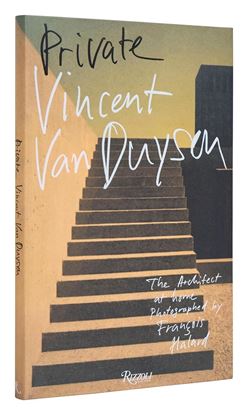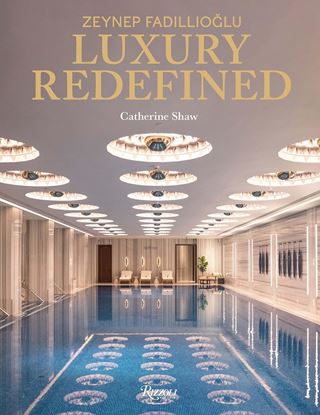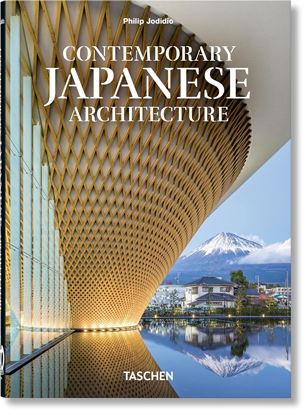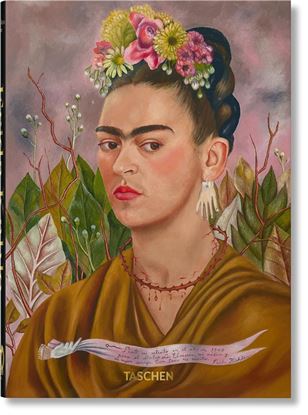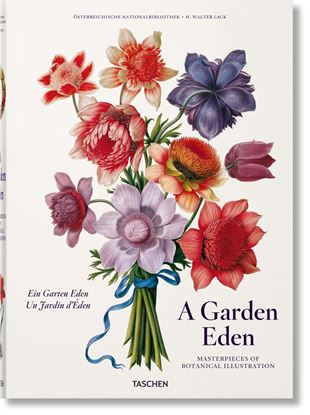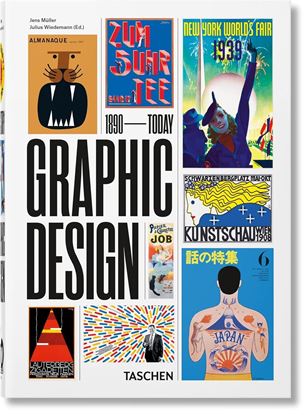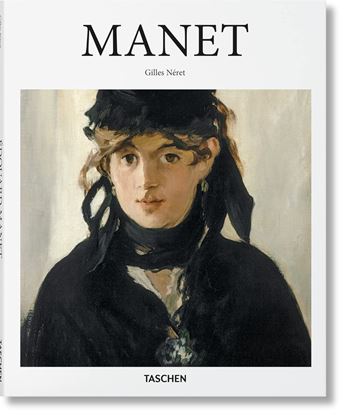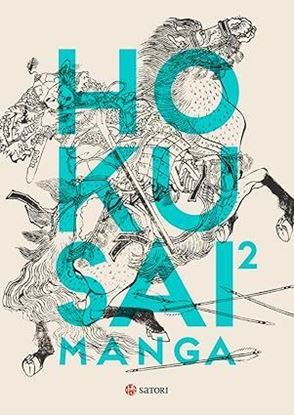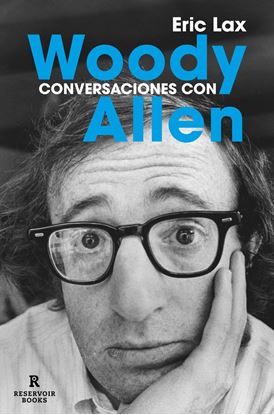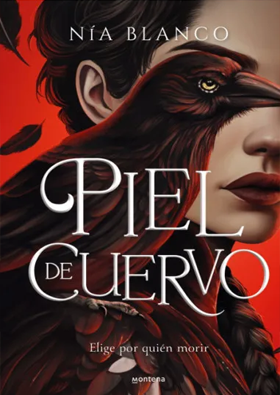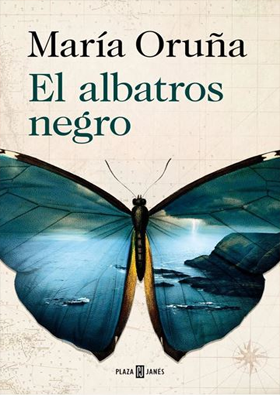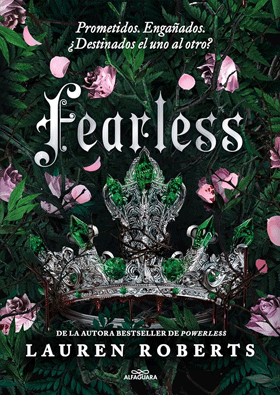

VINCENT VAN DUYSEN
Over the past three decades, Vincent Van Duysen has become an important force in design through his expressive architecture and serene interiors. This book documents the source of his inspirations and ongoing laboratory: his own homes.
Vincent Van Duysen has had an outsized influence on the world of architecture and design, from the rarefied echelons of interiors to highly successful collections for Zara Home and a nearly decade-long creative directorship of Molteni&C. Through his spare use of pure and tactile materials, Van Duysen employs a unique stylistic language that is both monastic and sensual, brutal and elegant, primal and refined. His commissions have included product design for numerous international brands, and commercial and large-scale architectural projects, among them high-end residences, a hotel, and retail spaces.
4,995
ZEYNEP FADILLIOGLU. LUXURY REDEFINED
A comprehensive look at Istanbul-based interior designer Zeynep Fadillioglu’s most striking projects, from a modern minimalist mosque to the city’s largest luxury hotel.
Renowned for her striking, multilayered projects that are rich in materials, arts, and crafts, Zeynep Fadillioglu’s interiors express a bold contemporary sophistication and modern understanding of traditional values.
Born and raised in Istanbul, Fadillioglu studied computer science and then art history and design at London’s Inchbald School of Design before setting up her design company in Istanbul. Today, having designed many notable landmarks, she is one of the most sought-after designers both at home and abroad. Her thoughtful, creative, and interdisciplinary approach to interior design bridges history, community, cities, climate, and culture with meticulous attention to detail and to storytelling.
4,600
CONTEMPORARY JAPANESE ARCHITECTURE (40TH
apan's contemporary architecture has long been among the most inventive in the world, recognized for sustainability and infinite creativity. No fewer than eight Japanese architects have won the Pritzker Prize.
Since Osaka World Expo ’70 highlighted contemporary forms, Japan has been a key player in global architecture. Tadao Ando's geometry put Japanese building on the map, bridging East and West. After his concrete buildings, figures like Kengo Kuma, Shigeru Ban, and Kazuyo Sejima pioneered a more sustainable approach. Younger generations have taken new directions, in harmony with nature, traditional building, and an endless search for forms.
2,200
KAHLO, PAINTINGS (40TH) (GB)
Among the few women artists who have transcended art history, none had a meteoric rise quite like Mexican painter Frida Kahlo (1907–1954). Her unmistakable face, depicted in over fifty extraordinary self-portraits, has been admired by generations; along with hundreds of photographs taken by notable artists such as Manuel and Lola Álvarez Bravo, Nickolas Muray, and Martin Munkácsi, they made Frida Kahlo an iconic image of 20th century art.After an accident in her early youth, Frida became a painter of her own free will. Her marriage to Diego Rivera in 1929 placed her at the forefront of an artistic scene not only in the cultural Renaissance of Mexico, but also in the United States. Her work garnered praise from the poet André Breton, who added the Mexican painter to the ranks of international surrealism and exhibited her work in Paris in 1939 to the admiration of Picasso, Kandinsky, and Duchamp.We access the intimacy of Frida’s affections and passions through a selection of drawings, pages from her personal diary, and an extensive illustrated biography featuring photos of Frida, Diego, and the Casa Azul, Frida’s home and the center of her universe.This book allows readers to admire Frida Kahlo’s paintings like never before, including unprecedented detail shots and famous photographs. It presents pieces in private collections and reproduces works that were previously lost or have not been exhibited for more than 80 years.
2,200
GARDEN EDEN (INT)
In pursuit of both knowledge and delight, the craft of botanical illustration has always required not only meticulous draftsmanship but also a rigorous scientific understanding. This new edition of a TASCHEN classic celebrates the botanical tradition and talents with a selection of outstanding works from the National Library of Vienna, including many new images.
5,500
HISTORY OF GRAPHIC DESIGN (40TH) (INT)
Through the turbulent passage of time, graphic design—with its vivid, neat synthesis of image and idea—has distilled the spirit of each age. Surrounding us every minute of every day, from minimalist packaging to colorful adverts, smart environmental graphics to sleek interfaces: graphic design is as much about transmitting information as it is about reflecting society’s cultural aspirations and values.
2,200
MANET (BASIC ART EDITION) (INT)
Lampooned during his lifetime for his style as much as his subject matter, French painter Édouard Manet (1832–1883) is now considered a crucial figure in the history of art, bridging the transition from Realism to Impressionism.
Manet’s work combined a painterly technique with strikingly modern images of contemporary life, centered on the urban Paris experience. He recorded the city’s parks, bars, and cabarets, often delighting in the frisson of underground or provocative content. The Paris salon rejected his Déjeuner sur l’herbe with its juxtaposition of fully dressed men and a nude woman, while the steady gaze and unabashed pose of the prostitute Olympia, a very modern reworking of Titian’s Venus of Urbino, caused a society scandal.
1,350
HADID (40TH ) (INT)
Zaha Hadid (1950 - 2016) was a revolutionary architect. For years, she was widely acclaimed and won numerous prizes despite building practically nothing. Some even said her work was simply impossible to build. Yet, during the latter years of her life, Hadid’s daring visions became a reality, bringing a new and unique architectural language to cities and structures such as the Port House in Antwerp, the Al Janoub Stadium near Doha, Qatar, and the spectacular new airport terminal in Beijing.
By her untimely death in 2016, Hadid was firmly established among architecture’s finest elite, working on projects in Europe, China, the Middle East, and the United States. She was the first female architect to win both the Pritzker Prize for architecture and the prestigious RIBA Royal Gold Medal, with her long-time Partner Patrik Schumacher now the leader of Zaha Hadid Architects and in charge of many new projects.
2,200
HOKUSAI MANGA 2
La obra maestra de Hokusai, el artista japonés más universal. ¡Descubre la colosal obra que supone la semilla de lo que hoy conocemos como manga! Por primera vez en edición completa y comentada, presentamos en dos grandes tomos los quince volúmenes de esta obra excepcional con más de 4000 imágenes: gran variedad de personajes, figuras en movimiento, animales, peces, árboles, plantas, flores, objetos de la vida cotidiana, arquitectura, paisajes, escenas humorísticas, el mundo sobrenatural y criaturas fabulosas. El Hokusai Manga es una enciclopedia visual del Japón de su tiempo imprescindible para conocer la cultura nipona. A lo largo de esta espectacular obra del artista japonés más célebre de todos los tiempos se representa todo tipo de personajes, seres vivos, objetos e incluso fantasmas y monstruos. No hay nada que no esté aquí dibujado. El Hokusai Manga gozó de gran popularidad en Japón y su éxito se extendió también a Europa, donde causó un gran impacto en artistas como Monet, Degas, Van Gogh, Toulouse-Lautrec, entre otros, y su influencia aún se deja sentir en la actualidad.
1,995
CONVERSACIONES CON WOODY ALLEN
Durante más de tres décadas, Eric Lax ha mantenido largas y distendidas conversaciones con el gran cineasta neoyorquino, además de haber tenido acceso privilegiado a sus rodajes y al proceso de elaboración de sus películas. El resultado de todo ello ha sido este libro, una verdadera autobiografía artística en directo.
Allen aborda todas las facetas de su trabajo y nos abre las puertas de su intimidad creativa. Su labor como director, actor, guionista o compositor se analiza y se comenta detalladamente con lucidez y rigor pero también a través de anécdotas e historias inolvidables, sin dejar nunca de lado su genuino e inconfundible sentido del humor. En definitiva, este libro, profusamente ilustrado, es probablemente el mejor compendio acerca de Woody Allen que jamás se haya publicado, las confesiones de un genio de nuestro tiempo.
1,550

